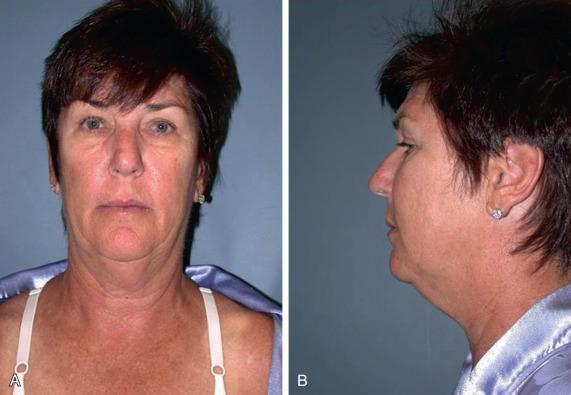Physical Address
304 North Cardinal St.
Dorchester Center, MA 02124
The patient looks in the mirror and at recent photographs and thinks that he or she looks old and tired. She or he comments, “how I feel is much younger then how I look” and may state that the work environment is competitive and many cohorts look much younger. An associated loss of self-confidence may be claimed.

Changes of facial aging of the cheeks, jowls, and neck are characterized by anterior and inferior descent of soft tissues over the facial skeleton.
The challenge is to restore a natural youthful appearance by moving the descended soft tissues in a superior and posterior vector without distortion of the patient's original appearance (i.e., looking pulled, stretched, or different.)
A high superficial musculoaponeurotic system (SMAS) platysmal flap is used as the primary vehicle for restoring soft tissues to a youthful position.
Neck defatting, combined with a full-width platysma transection, is effective for girth reduction of the neck.
A sub–SMAS-platysma dissection extends until easy movement of the overlying skin and subcutaneous tissues, from cheeks to neck, is obtained by traction on the flap.
The skin is redraped in a custom fashion for the individual's face and closed without tension.
A great majority of patients are comfortable in public after 2 weeks. The procedure entails extremely low morbidity and high patient and surgeon satisfaction.
Become a Clinical Tree membership for Full access and enjoy Unlimited articles
If you are a member. Log in here